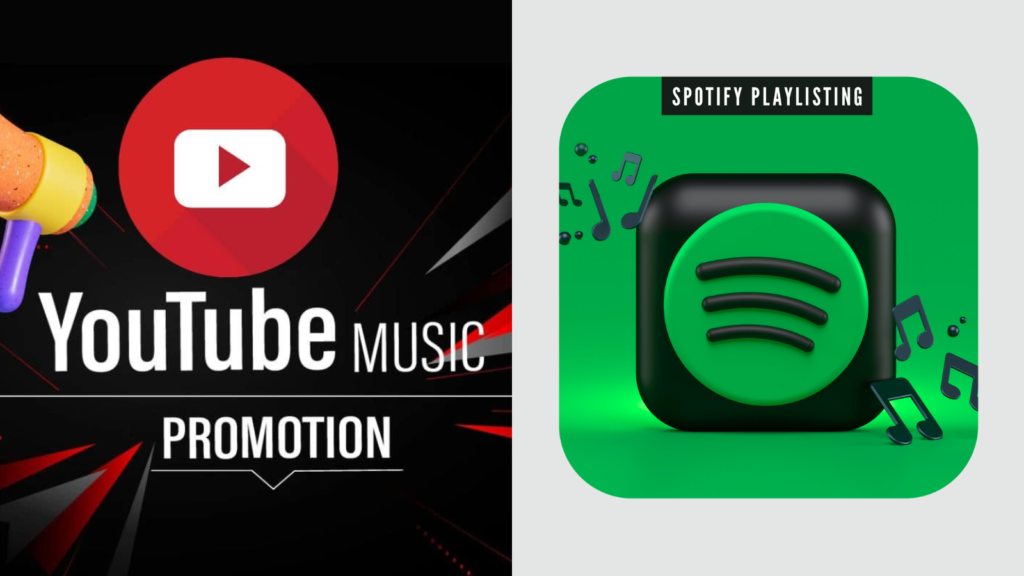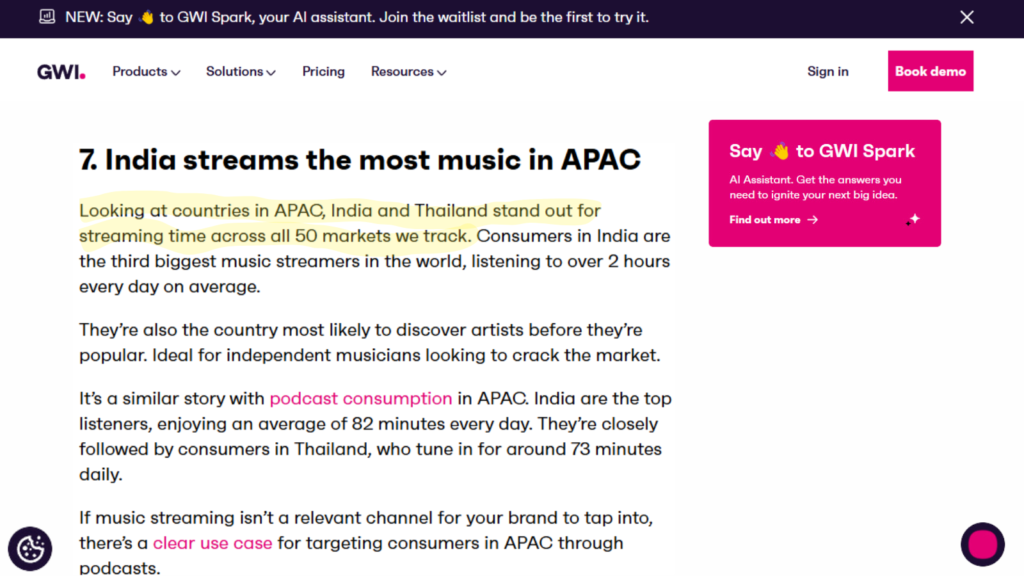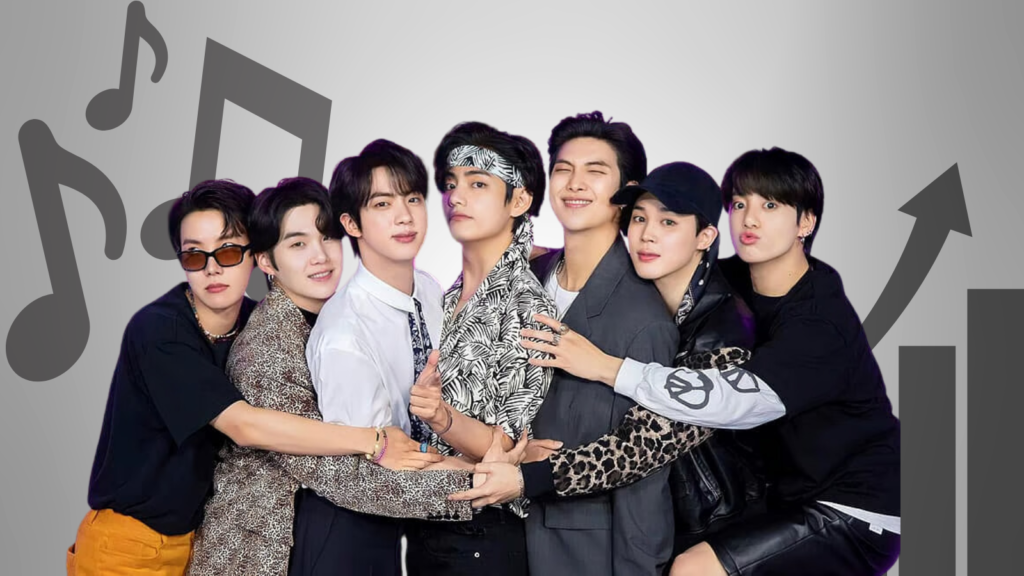Understanding SM and HYBE’s Different Marketing Approaches

Published February 20, 2025
One of the most interesting things about K-pop marketing is how different companies approach it. A common observation is that HYBE takes a more “decent” approach to marketing—meaning, they don’t actively invest in playlisting, heavy online ads, or other promotional strategies that some other companies, like SM Entertainment and JYP, are willing to do. These strategies, such as paying for playlisting on Spotify or running ads to boost YouTube views, are completely legal.

But HYBE tends to rely more on organic fan-driven promotions rather than aggressive advertising. This gives SM Entertainment groups an advantage because their exposure is significantly higher right from the start.
aespa vs. ILLIT: Can Promotion Beat Organic Growth in K-Pop?
A great example of how different marketing strategies impact success is the recent release of aespa and ILLIT on the same day.
Aespa’s song took off immediately, benefiting from a well-oiled promotional machine and an already established fanbase. But ILLIT’s success is more gradual, similar to what happened with NewJeans when they first debuted. In the long run, ILLIT’s performance will depend on whether the general public in Korea holds onto their song.
This also brings up an interesting question: when it comes to K-pop success, what matters more—music or visuals? Some speculate that it takes around $80K to chart on Melon, Korea’s biggest music streaming service. If true, it really makes you appreciate the artists who achieve success without heavy financial backing.
2024: A Huge Year for K-pop
The year 2024 has been a great one for K-pop and the entertainment industry in general. We’ve seen a resurgence of early 2000s pop influences in K-pop, and more idols are charting globally, transitioning from being just K-pop stars to international artists. But beyond just making it onto the charts, what really matters is staying there.
There’s a huge streaming market in countries like Thailand and India, where companies can pay for streams to boost rankings
This raises the question: is success in today’s music industry about reaching the charts, or about longevity? The real challenge now is sustaining popularity over time.
At the end of the day, marketing strategies play a huge role in shaping an idol group’s success. While SM Entertainment invests heavily in promotion to create immediate impact, HYBE relies on organic growth through fan-driven efforts. Both approaches have their strengths, and ultimately, success depends on how well the music resonates with the public.
One thing’s for sure—2024 has been an exciting year for K-pop, and there’s still so much more to look forward to!



